If you love the taste of fresh grapes and want to grow your own at home, Champagne grapes are an excellent choice. Known for their large, crisp, and sweet berries, Champagne grapes are perfect for fresh eating, salads, or snacking straight off the vine. They’re distinct from typical table grapes and have a delightful balance of sweetness and tartness that’s irresistible.
Whether you’re a beginner gardener or an experienced vine grower, this guide will take you step-by-step through everything you need to know to successfully grow Champagne grapes—right from selecting the right variety and planting, to care, pest management, and harvesting.
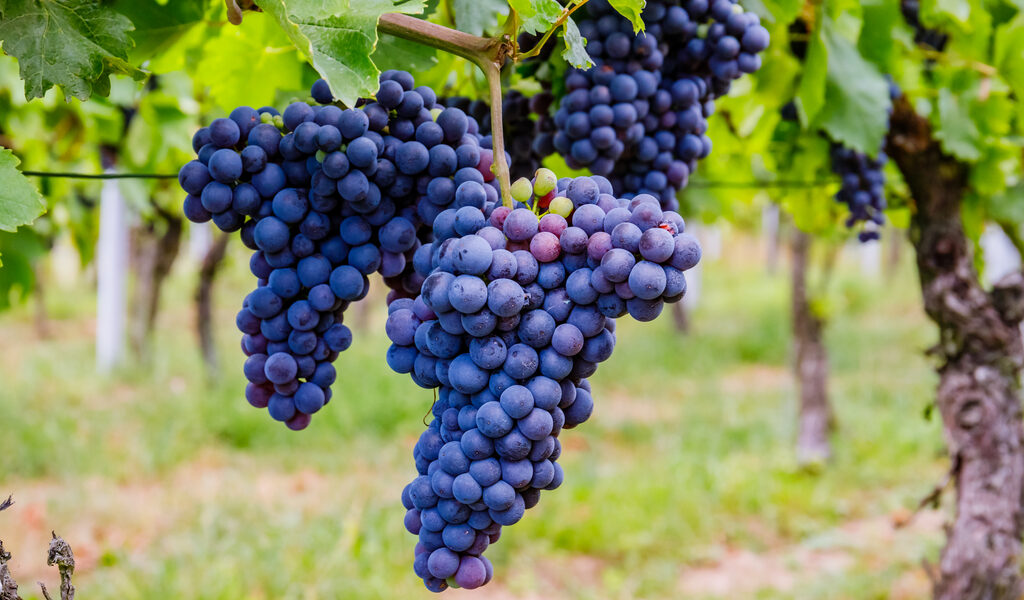
What Are Champagne Grapes?
Champagne grapes are a variety of table grapes, often recognized for their:
- Large, round berries with a firm, crisp texture.
- Sweet, slightly tart flavor that is excellent fresh or in fruit salads.
- Greenish-yellow to golden skin, sometimes with a slight blush.
- Thin skins and few seeds, making them enjoyable to eat fresh.
- Moderate to vigorous vine growth, adapted to warm and temperate climates.
They differ from the grapes used in winemaking, as they are specifically cultivated for eating fresh rather than fermentation.
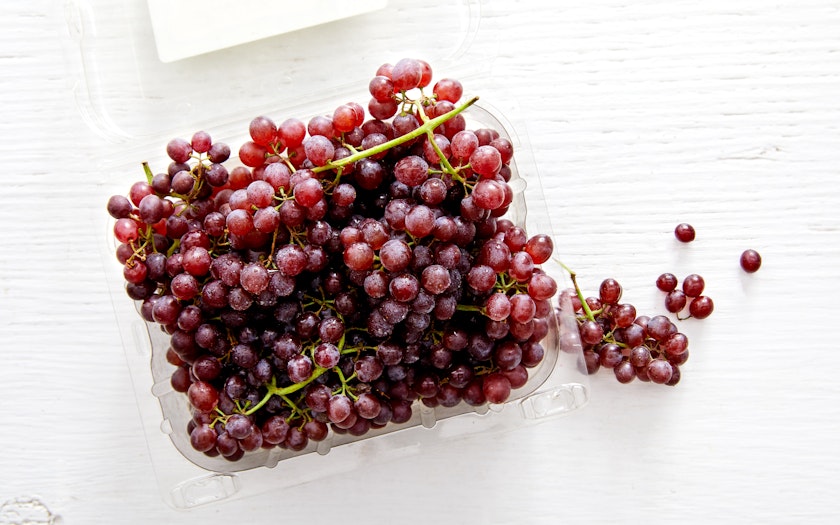
Why Grow Champagne Grapes?
Growing your own Champagne grapes offers many benefits:
- Freshness and flavor: Nothing beats grapes straight from the vine.
- Control over pesticides: Grow organically for safe, healthy fruit.
- Garden beauty: Grape vines add lush greenery and can be trained over trellises or pergolas.
- Versatility: Eat fresh, use in recipes, or even make homemade jams and preserves.
- Satisfaction: Gardening is rewarding, and grape cultivation is both fun and productive.
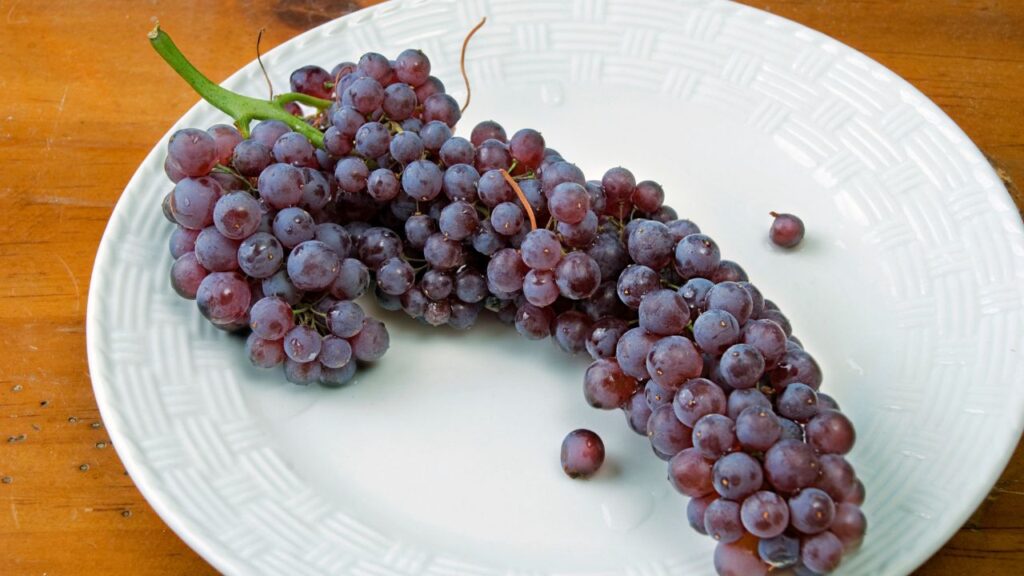
Choosing the Right Location for Champagne Grapes
Successful grape growing starts with picking the perfect site:
Sunlight
- Grapevines need full sun — at least 6 to 8 hours of direct sunlight daily.
- A sunny, south-facing slope or open garden area is ideal.
Soil
- Well-draining soil is essential to avoid root rot.
- Loamy or sandy soils with moderate fertility work best.
- Slightly acidic to neutral pH (5.5 to 7.0) suits grapes well.
- Avoid heavy clay soils unless amended for drainage.
Airflow
- Good air circulation reduces fungal disease risks.
- Avoid planting in low spots where cold air or moisture may settle.
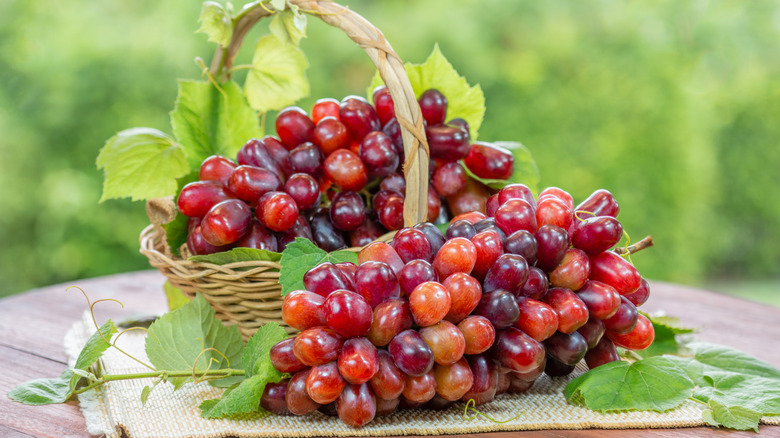
How to Plant Champagne Grape Vines
Step 1: Selecting Quality Vines
- Purchase certified disease-free grapevines from a reputable nursery.
- Choose one-year-old dormant vines for the best start.
Step 2: Preparing the Soil
- Test your soil and amend with organic matter like compost.
- Ensure the planting site is weed-free and well-tilled.
Step 3: Planting
- Dig a hole large enough to spread roots without crowding.
- Space vines 6 to 10 feet apart, depending on your trellis system.
- Plant vines at the same depth they were grown in the nursery.
- Backfill with soil, firm gently, and water deeply.
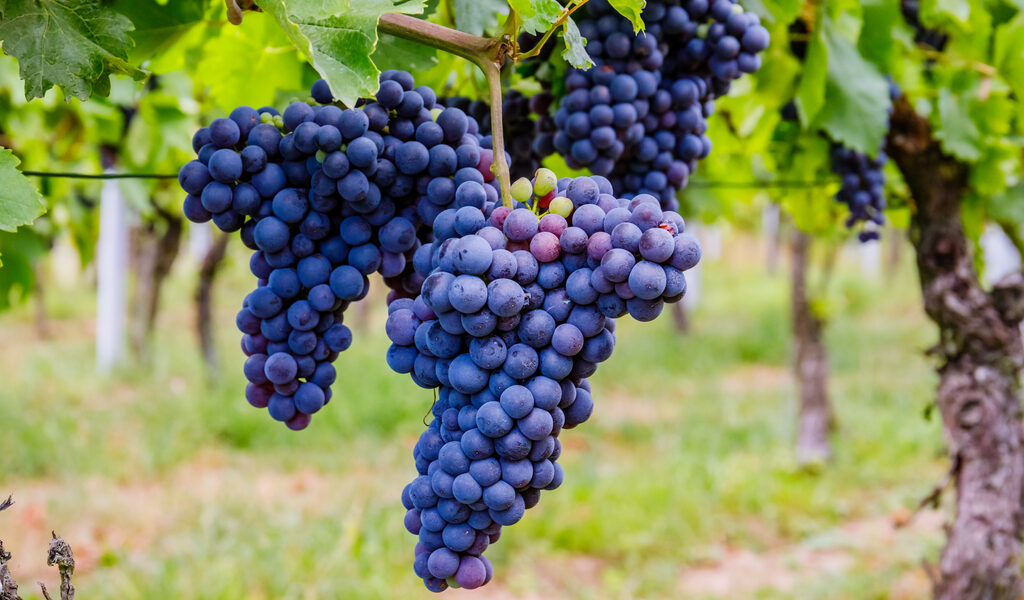
Supporting Your Champagne Grapes: Trellising and Training
Grapevines require support to grow well and produce quality fruit.
Types of Trellises
- Vertical shoot positioning (VSP): Common for table grapes; wires spaced vertically.
- Arbors or pergolas: Great for shade and ornamental effect.
- Simple stake or fence line: Suitable for small gardens.
Training the Vine
- Start training young vines in spring.
- Select the strongest shoot to become the main trunk.
- Remove competing shoots and guide growth along the trellis wires.
- Prune annually to maintain structure and encourage fruiting.
Watering and Fertilizing Champagne Grapes
Watering
- Newly planted vines need regular watering to establish roots.
- Mature vines are drought-tolerant but benefit from deep watering during dry spells.
- Avoid waterlogging, which causes root diseases.
Fertilizing
- Test soil nutrient levels to guide fertilization.
- Apply balanced fertilizer (e.g., 10-10-10) in early spring.
- Mulch with organic matter to retain moisture and improve soil quality.
- Avoid excessive nitrogen, which promotes leafy growth at the expense of fruit.
Pruning and Maintenance for Healthy Grapes
Why Prune?
- Pruning controls vine size and shape.
- Encourages fruit production by exposing buds to sunlight.
- Reduces disease by improving airflow.
How to Prune
- Prune in late winter or early spring when vines are dormant.
- Remove dead or weak canes.
- Cut back to 2-4 buds on each fruiting cane.
- Keep permanent framework strong with 1-2 main trunks.
Common Pests and Diseases of Champagne Grapes
Pests
- Grape berry moth: Larvae feed on fruit, causing damage.
- Aphids: Can cause sooty mold.
- Japanese beetles: Feed on leaves.
Use integrated pest management:
- Introduce beneficial insects like ladybugs.
- Use insecticidal soaps or neem oil when necessary.
- Remove fallen leaves and debris to reduce pest habitat.
Diseases
- Powdery mildew: White fungal growth on leaves and fruit.
- Downy mildew: Yellow spots and oily patches on leaves.
- Black rot: Dark lesions on leaves and rotting fruit.
Preventative measures:
- Maintain good airflow with proper pruning.
- Water early in the day to dry foliage.
- Apply fungicides if needed, following instructions carefully.
Harvesting Your Champagne Grapes
- Grapes usually mature 100 to 120 days after bud break, depending on climate.
- Harvest when grapes are fully colored, plump, and sweet.
- Taste testing is the best way to know ripeness.
- Use sharp scissors or pruners to cut grape clusters carefully.
- Harvest in dry weather for best storage life.
Tips for Storing and Using Fresh Champagne Grapes
- Store grapes in a cool place or refrigerator, unwashed until ready to eat.
- Consume within 1-2 weeks for optimal freshness.
- Use grapes fresh in salads, desserts, or as a healthy snack.
- Preserve by freezing, drying, or making jams.
Troubleshooting Common Problems
| Problem | Cause | Solution |
|---|---|---|
| Poor fruit set | Insufficient pollination or pruning | Hand pollinate if needed; prune correctly |
| Powdery mildew | High humidity and poor airflow | Improve ventilation; apply fungicides |
| Leaf yellowing | Nutrient deficiency or water stress | Adjust fertilization; monitor watering |
| Bird damage | Birds eating grapes | Use netting or scare tactics |
Conclusion
Growing Champagne grapes for fresh eating is a rewarding and enjoyable gardening project, especially in warm and temperate climates like California and other similar zones. With the right location, soil preparation, care, and attention to pruning and pest control, you can enjoy sweet, crisp grapes right from your backyard.
Not only do these grapes offer delicious fresh fruit, but they also add beauty and shade to your garden space. Whether you eat them fresh, share with friends, or incorporate them into recipes, Champagne grapes are a delightful addition to any home garden.
Ready to plant your vines? Start today and watch your garden transform into a luscious vineyard full of sweet, juicy grapes!

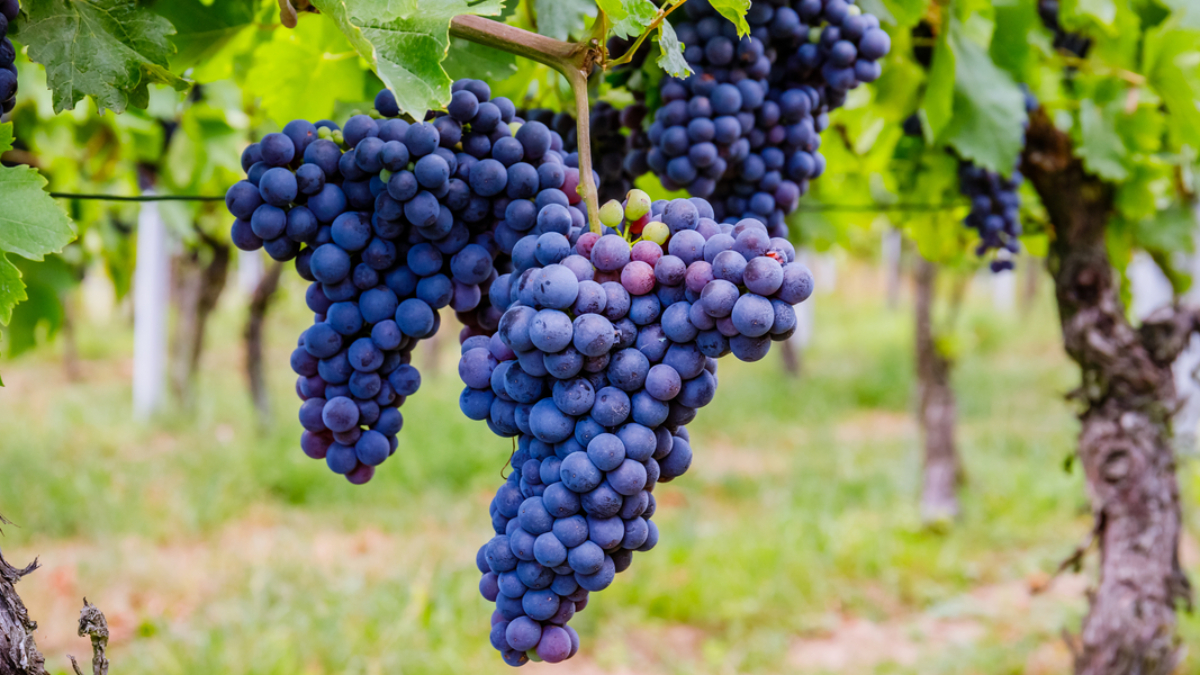




Leave A Comment